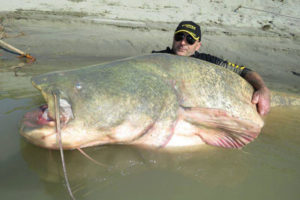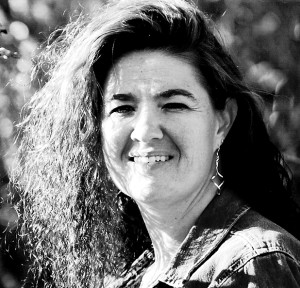
More than 60 municipal officials representing 13 cities gathered at the South Dakota Municipal League’s annual District 4 Meeting, held in Geddes on March 14, 2018.
Yvonne Taylor, South Dakota Municipal League Executive Director, spoke about the outcome of the 2018 Legislative Session, and the effect new laws will have on South Dakota municipalities. Taylor also discussed the direction and future of the Municipal League and services offered to the municipalities.
“More and more we are seeing the need to get better information out to the citizens and legislators. Municipal government provides a vast array of services, and people need to be informed of where their tax dollars are going. This type of education can only benefit municipal government. The taxpayers would be very proud of their local government if they were fully aware of how much service a municipality provides at a relatively low cost,” Taylor said.
Mike Wendland, SDML President for 2018 and Mayor for the City of Baltic, was also on hand to discuss his priorities for the current year as well as to conduct the election of District 4 officers for the upcoming year. Others in attendance were representatives of various state agencies and representatives of groups affiliated with the Municipal League.
Becky Brunsing, Finance Officer in Wagner, was re-elected as District 4 Chair and Larry Lucas, Trustee in Pickstown was re-elected as Vice-Chair.
In other business, those attending voted to hold the 2019 District 4 Meeting in Winner.









